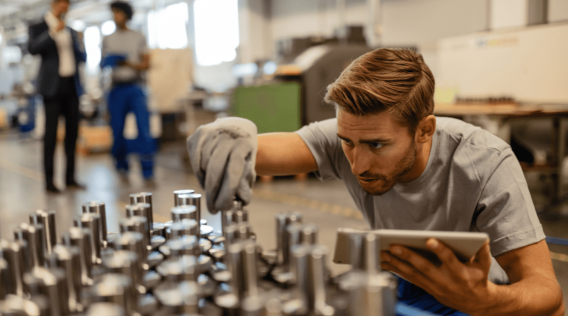Creating a die casting mold is a complex process that requires a lot of expertise and attention to detail. A die casting mold is used to manufacture parts that are made from metal, such as aluminum, zinc, and magnesium. The mold is made up of two halves that are used to create the part by injecting molten metal into the mold.
The first step in creating a die casting mold is to design the part that will be manufactured. This involves creating a 3D model of the part using computer-aided design (CAD) software. The model must be precise and accurate, as any errors or inaccuracies can result in a faulty mold and, ultimately, faulty parts.
Once the part has been designed, the mold can be created. The mold is usually made from steel, as it is durable and can withstand the high temperatures and pressures involved in the die casting process. The steel is machined into the shape of the part, with the necessary cavities and channels for the molten metal to flow through.
The two halves of the mold are then assembled and clamped together. The mold must be designed so that it can be easily opened and closed, as the part must be removed from the mold once it has been formed. The mold is also designed with channels and gates that allow the molten metal to flow into the mold and fill the cavities.
Before the mold can be used for production, it must be tested to ensure that it is capable of producing high-quality parts. This involves running test shots with the mold and analyzing the resulting parts for any defects or imperfections. The mold may need to be modified or adjusted based on the results of these tests.

Once the mold has been tested and approved, it can be used for production. The molten metal is injected into the mold under high pressure, filling the cavities and channels and forming the part. The mold is then opened, and the part is removed and cleaned.
Creating a die casting mold requires a lot of expertise and skill, as well as a deep understanding of the die casting process. The mold must be designed and manufactured with precision and accuracy, and must be tested thoroughly to ensure that it is capable of producing high-quality parts. With the right expertise and attention to detail, a die casting mold can be created that will produce parts that meet the highest standards of quality and consistency.
-

- parts&comopnents for bicycle suspension fork for MTB
-

- Sérsniðin verksmiðja Kína Bmx Cycles Road Sport Kids Reiðhjól 12 16 18 20 tommur Cycle Mtb fyrir krakka 6-10 ára
-

- Magnesíum thixomolding hlutar UAV húsnæði
-

- Magnesíum álfelgur deyja-steypu Bílavarahlutir RDM húsnæði
-

- Magnesíum álfelgur deyja-steypu Bílavarahlutir stjórnandi hús
-

- Steypuhjól úr magnesíumblendi fyrir rafhjól

 0086-750-5616188
0086-750-5616188 +86 13392089688
+86 13392089688 sales@zhongmei-tech.com
sales@zhongmei-tech.com







